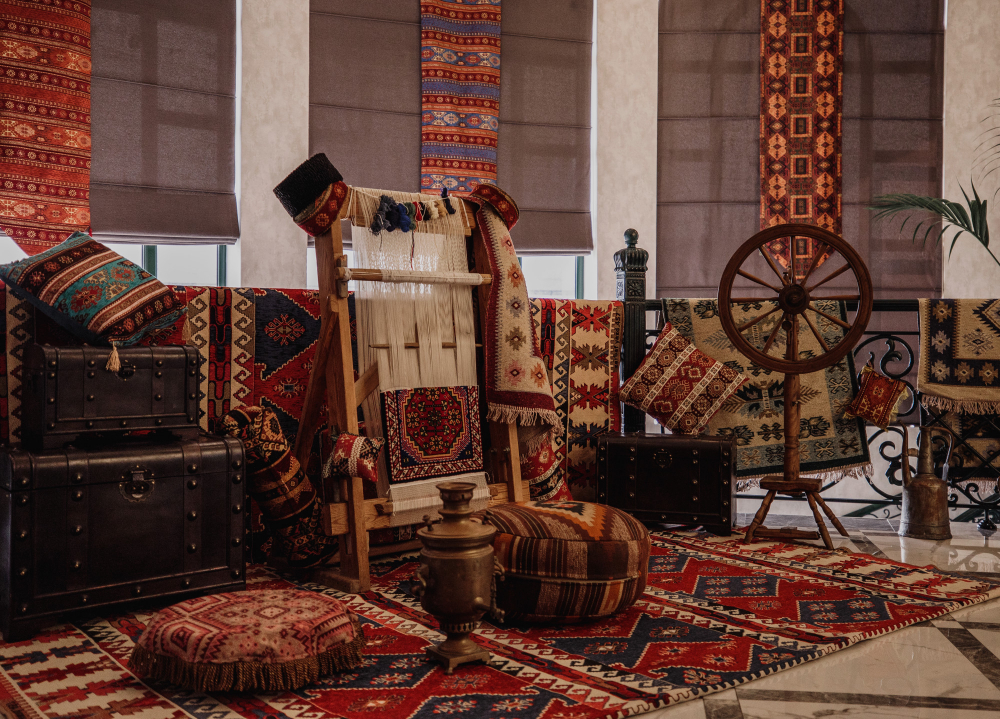

The art of weaving oriental rugs dates back thousands of years, carrying with it the rich history and culture of the East. These rugs, revered for their intricate designs, vibrant colors, and exceptional craftsmanship, are not just pieces of home décor; they are woven tales of the past, expressing the essence of the regions they come from. The secrets behind their allure lie largely in the traditional weaving techniques employed by artisans over generations.
The basis of any oriental rug is its warp (vertical threads) and weft (horizontal threads). Hand-spun wool, cotton, or silk are commonly used. The choice of material often dictates the rug's durability, texture, and shine.
Symmetrical (Turkish) Knot: This technique, predominantly used in Turkey, the Caucasus, and some parts of Iran, involves looping the yarn around two adjacent warps. This provides a robust structure to the rug and is identifiable by its distinct double knot impression at the base.
Asymmetrical (Persian) Knot: Widely adopted in Iran, India, China, and Egypt, the asymmetrical knot involves wrapping the yarn around one warp, passing it under the next warp, and then bringing it back up. This technique allows for finer detailing in the design.
Unlike knotted rugs, flatweaves don't have a pile. Their patterns are generated by interlacing the warp and weft.
Kilim: Among the most popular types of flatweaves, Kilims are lightweight and often characterized by sharp, geometric designs.
Soumak: This technique produces a more textured surface than Kilim, with patterns created through wrapping weft threads over and under the warp.
A comparatively modern approach, tufting is a method where a pre-woven backing is used. The craftsman pushes yarn through it, creating a loop or a cut pile. Though faster, tufted rugs typically don't boast the same longevity as their traditionally woven counterparts.
Traditionally, vegetable dyes made from plants, roots, and insects were used, giving oriental rugs their signature rich, naturally fading hues. However, with advancements, chemical dyes have also become popular due to their vibrant and lasting colors.
The choice of wool, silk, or cotton for the pile often dictates the rug’s texture, durability, and value. For instance, silk rugs are renowned for their softness and sheen but are more delicate than their woolen counterparts.
Once the weaving is complete, the rug undergoes a series of finishing processes, such as washing, clipping, and binding. This not only enhances its aesthetic appeal but also ensures longevity.